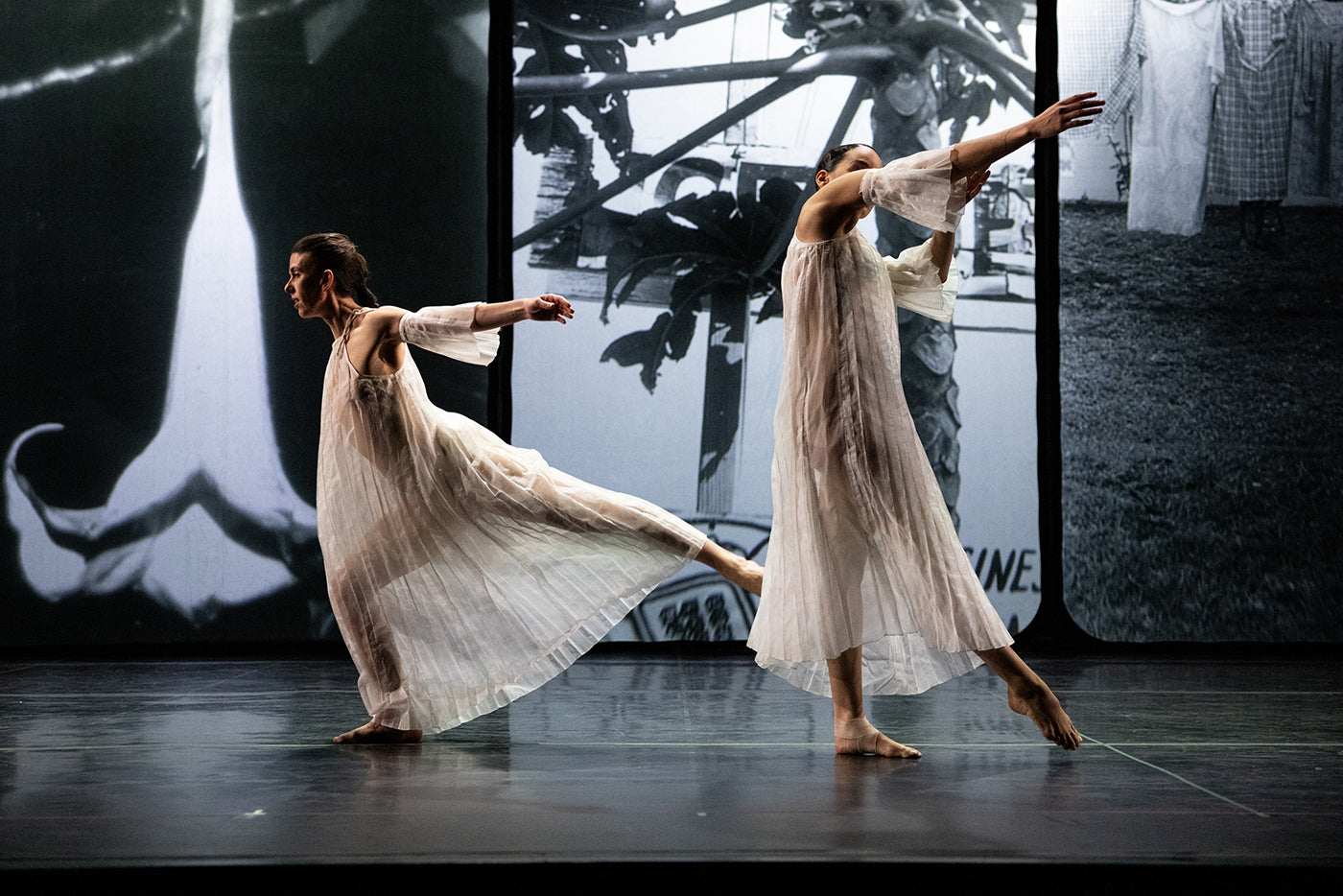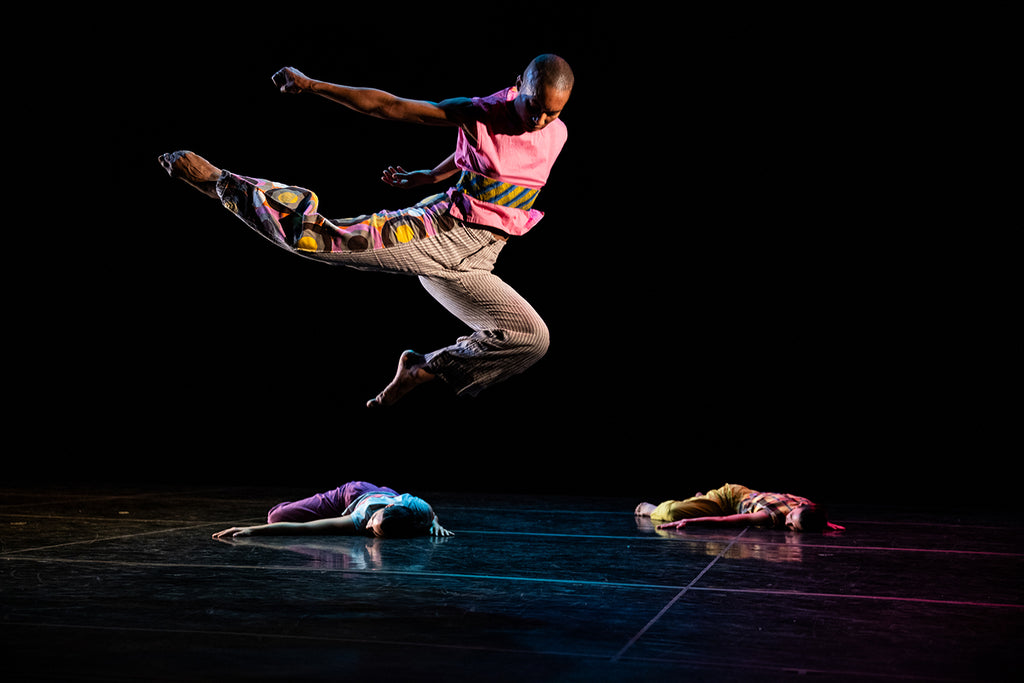Talent Time
It’s “Nutcracker” season at San Francisco Ballet—36 performances packed into three weeks—which means that the company is currently serving two distinct audiences.
Plus
World-class review of ballet and dance.
Dance scholars have been remarking on the great Trisha Brown nearly from the day she first stepped into Robert Dunn’s class—the genesis of Judson Dance Theater—in the 1960s. If I’m feeling the presence of post-modern dance history looking over my shoulder now as I type, I can imagine the weight the Trisha Brown Dance Company carries, seven years after its founder’s passing. The TBDC 2024 season at the Joyce Theater in New York included two vintage Brown works: “Glacial Decoy” (1979), restaged by Lisa Kraus and Carolyn Lucas, and “Working Title” (1985). A new work, “In the Fall” (2023), commissioned from French choreographer Noé Soulier and created with support from Dance Reflections by Van Cleef & Arpels, offered a rare chance to glean a fresh appreciation for Brown’s legacy.
Performance
Place
Words



It’s “Nutcracker” season at San Francisco Ballet—36 performances packed into three weeks—which means that the company is currently serving two distinct audiences.
PlusLast week I caught up with choreographer Pam Tanowitz and Opera Philadelphia’s current general director and president, countertenor Anthony Roth Costanzo to talk about “The Seasons,” the company’s latest production premiering at the Kimmel Center’s 600-plus seat Perelman Theater on December 19.
PlusIf Notre-Dame remains one of the enduring symbols of Paris, standing at the city’s heart in all its beauty, much of the credit belongs to Victor Hugo.
PlusWhen dancer and choreographer Marla Phelan was a kid, she wanted to be an astronaut. “I always loved science and astronomy,” Phelan said.
Plus
comments